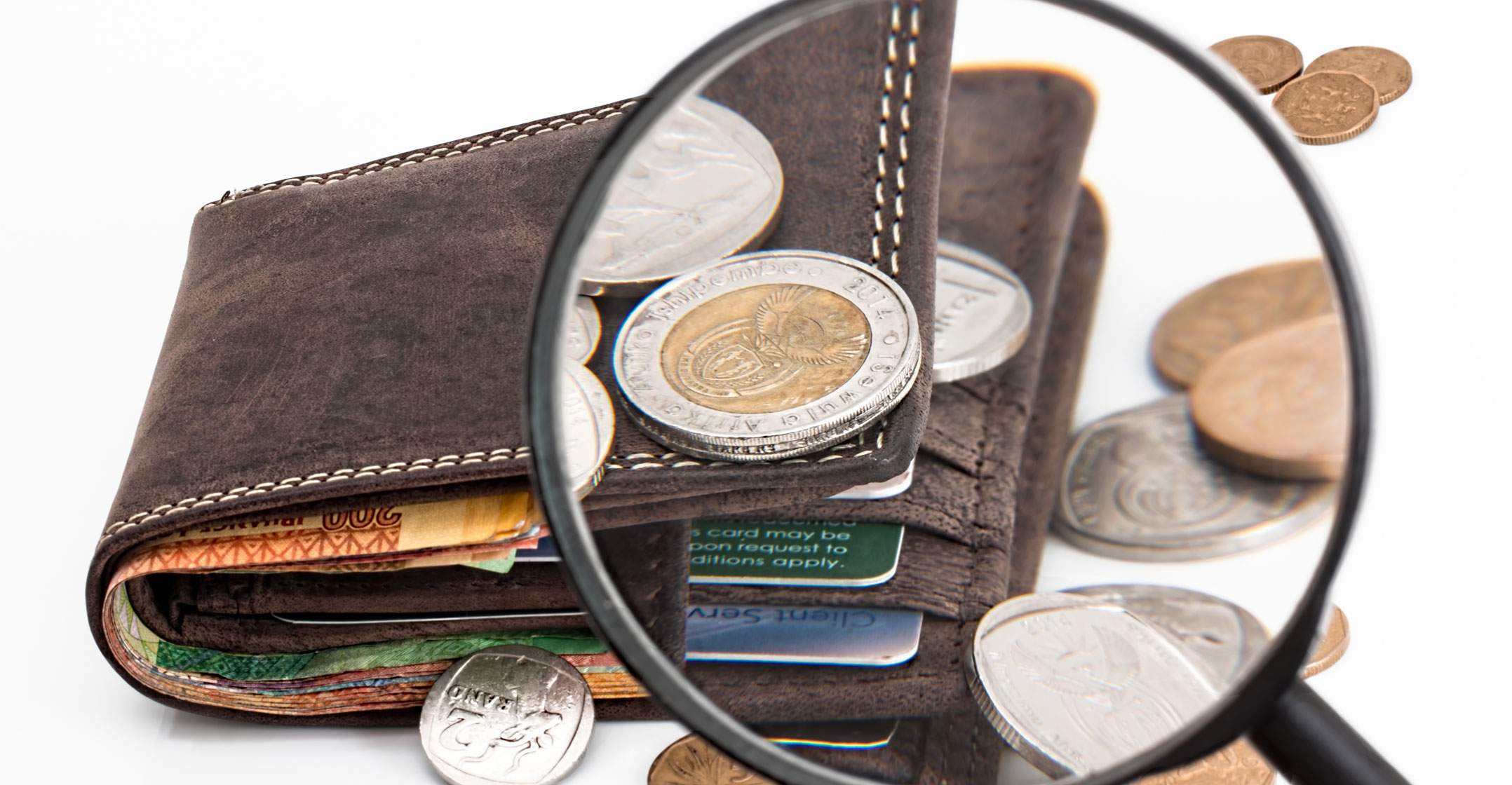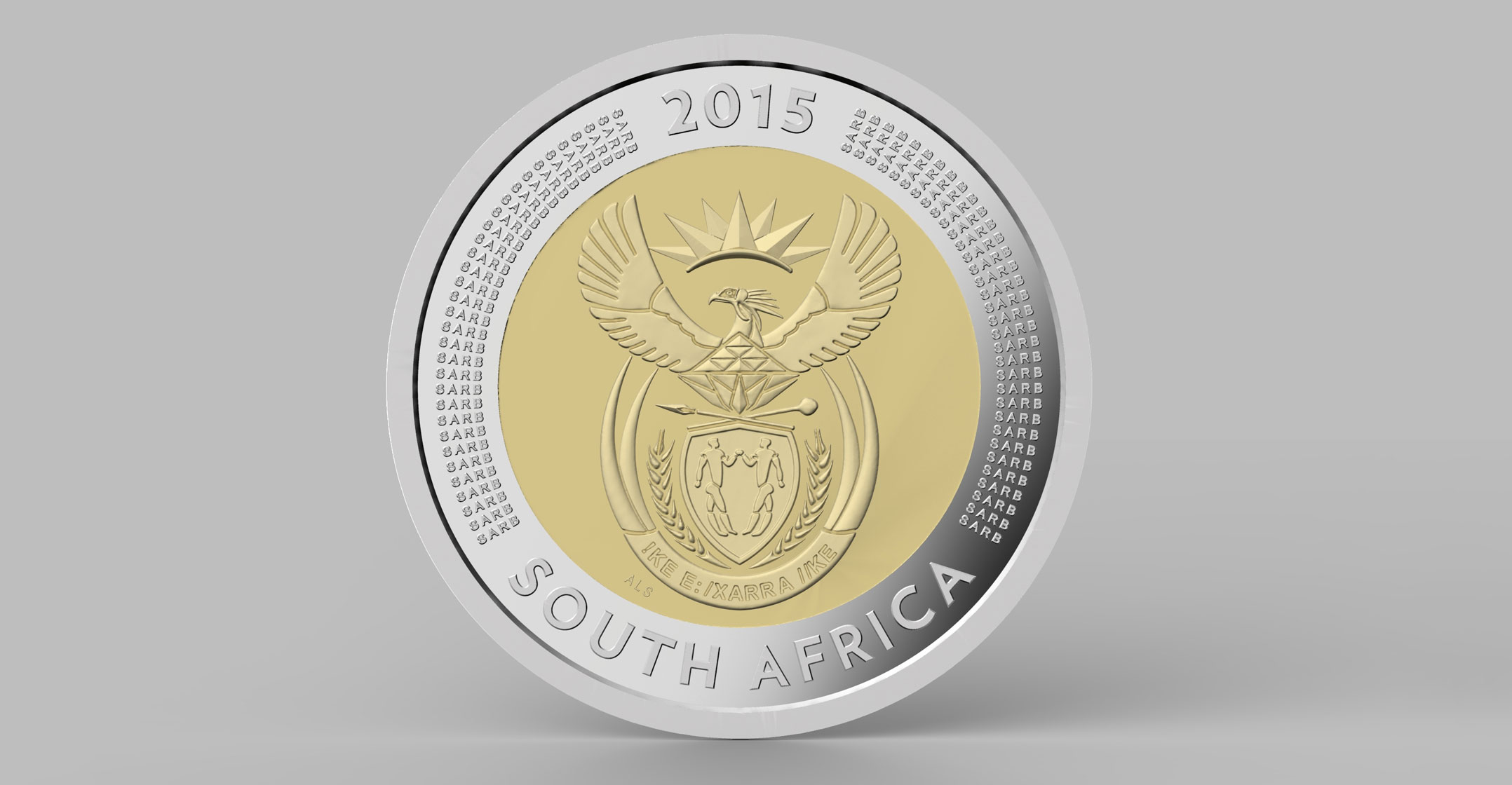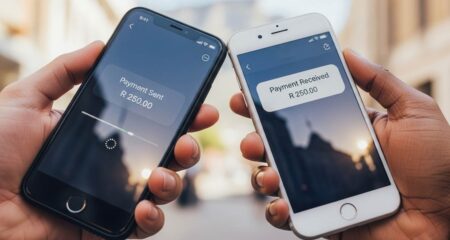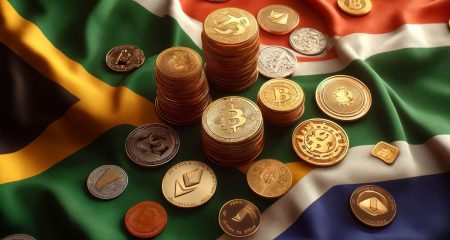
The rand hasn’t hit rock bottom yet. Even after falling to its weakest level on record against the dollar this week, South Africa’s currency has a better chance of extending the decline in coming months than rallying to stronger levels predicted by analysts in a Bloomberg survey, options pricing suggests.
The rand is on track for a 5.8% drop against the dollar this week, the worst performance among emerging-market currencies. It’s been pummelled by the risk sell-off sparked by the spread of the coronavirus, as well as a downgrade to junk by Moody’s Investors Service last week.
“Prior to the corona crisis, our initial strategy had been to wait for the downgrade and then reconsider an overweight,” Christian Wietoska, a London-based strategist at Deutsche Bank who sees the rand weakening to 20 per dollar, said in a note to clients. “But the situation has now changed and we find risk-reward as not attractive enough to get bullish immediately post the downgrade, considering the domestic challenges and the external backdrop.”
The median forecast of economists in a Bloomberg survey puts the rand at R16/$ by year-end. But there is less than 30% chance of this, according to Bloomberg’s probability calculator based on prices of options to buy and sell the currency. The probability of the rand hitting R21/$ this year, however, is 52%.
A depreciation to R21/$ is possible, said Lars Merklin, a senior strategist at Danske Bank, but it would be an overshoot. Danske’s own forecasts see the currency weakening to R19/$.
The South African Reserve Bank doesn’t target a level for the currency or intervene in the market to support it. It’s been reluctant to cut rates, however, citing concerns about the effect of a weakening currency on inflation even as the economy posted recessions in 2018 and 2019. Even a surprise cut of 100 basis points earlier this month leaves South Africa’s real rate higher than many of its peers.
Trend is weaker
“There is no long-term driver of growth,” Merklin said. “Both the central bank and investors have for too long thought it was necessary to have a strong currency, rather than support the economy.”
With stagnant growth, low inflation, relatively high rates and growing consensus among investors that those factors will continue to plague South Africa for some time, the trend for the rand is weaker before it recovers — but then only to around R17/$, said Merklin.
South Africa lost its last investment-grade rating late in March when Moody’s cut it to Ba1, citing a weak economy, rising government debt and an unreliable power sector. This compounded an already risk-off trend in global markets amid the spread of the coronavirus, with outflows from South Africa’s bond market reaching R56.9-billion this year.
 Low trading volumes have exacerbated the rand’s slide, with many foreign sellers of bonds and stocks and few local buyers to pick up the slack, according to FirstRand Bank.
Low trading volumes have exacerbated the rand’s slide, with many foreign sellers of bonds and stocks and few local buyers to pick up the slack, according to FirstRand Bank.
“Local investors prefer to sit on the sideline to wait and see where this market settles,” said Michelle Wohlberg, a Johannesburg-based trader at FirstRand Bank.
The move to junk will trigger the country’s expulsion from the FTSE World Government Bond Index when it reweights, probably at the end of April, sparking further outflows of as much as $12.5-billion, according to Societe Generale.
“Currencies with weak fundamentals will continue to be hit hard in this environment,” said Hans Gustafson, a strategist at Swedbank in Stockholm. “South Africa’s growth was weak even before the corona outbreak and government finances are deteriorating fast. Looking at the the real effective exchange rate, the rand has another 10% on the downside.” — Reported by Colleen Goko, (c) 2020 Bloomberg LP




